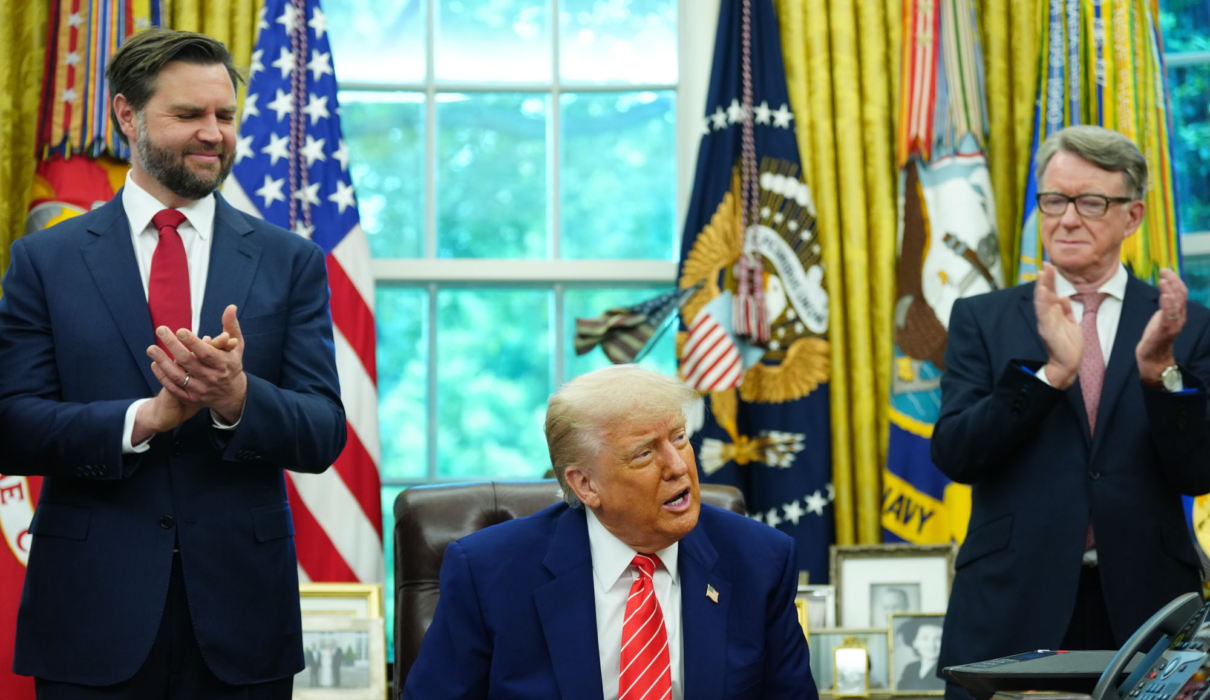As the August 1 tariff deadline looms, tensions are mounting globally following President Donald Trump’s latest round of tariff notices targeting key U.S. allies. The White House’s formal tariff notifications have triggered diplomatic unease across continents, with governments in Asia, Africa, and Europe scrambling to respond.
Japan called the move “truly regrettable,” signaling deep dismay over the White House’s decision to impose a 25% tariff on Japanese exports—an increase from the previously stated 24%. Prime Minister Shigeru Ishiba voiced hope for ongoing discussions, while cautioning that the window for reaching an agreement is rapidly narrowing.
During Tuesday’s cabinet session, Ishiba noted that the letter’s terms remained flexible and could be amended based on Japan’s forthcoming actions. His remarks reflect a hopeful but cautious tone as Tokyo explores all diplomatic channels to reduce the blow of these trade measures.
South Korea finds itself in a similar position, with a 20% blanket tariff confirmed. Authorities held a rapid-response meeting at 1:30 p.m. to strategize their next moves. local time, bringing together senior government aides and ministries overseeing foreign affairs, industry, and finance. The urgency underscores Seoul’s concern about trade continuity with one of its largest economic partners.
Thailand, facing one of the steepest tariffs at 36%, expressed shock but said it was hopeful of parity in negotiations. Thai Finance Minister Pichai Chunhavajira shared his concern but emphasized that Thailand would continue engaging in constructive talks with the U.S.
Malaysia also found itself on the receiving end of a slight tariff bump—from 24% to 25%. Nonetheless, the Ministry of Investment, Trade and Industry reiterated its commitment to building a balanced and comprehensive trade agreement with the United States.
The ramifications of these actions extend beyond Asia. South African President Cyril Ramaphosa condemned the 30% tariff on his country’s exports, arguing it misrepresented the actual trade relationship. “More than 77% of U.S. goods enter our market tariff-free,” he emphasized, pledging to pursue further diplomatic solutions.
Meanwhile, Trump’s public release of the tariff letters on Truth Social has drawn international scrutiny. The White House said it would keep negotiation doors open until the August 1 deadline, leaving room for revisions based on the responsiveness of each country.
Deborah Elms from the Hinrich Foundation highlighted an emerging and troubling trend in how the tariffs are being applied. “Even ASEAN nations that sent delegations to D.C. received treatment similar to those that didn’t engage at all. Trump appears to be prioritizing strategic concerns—especially those related to Chinese supply chain influence—over negotiation dynamics.”
With the global trade landscape shifting rapidly, all eyes are now on whether meaningful resolutions can be achieved in time. Countries are scrambling to protect their export interests as the U.S. prepares to execute one of its most aggressive trade realignments in recent years.

